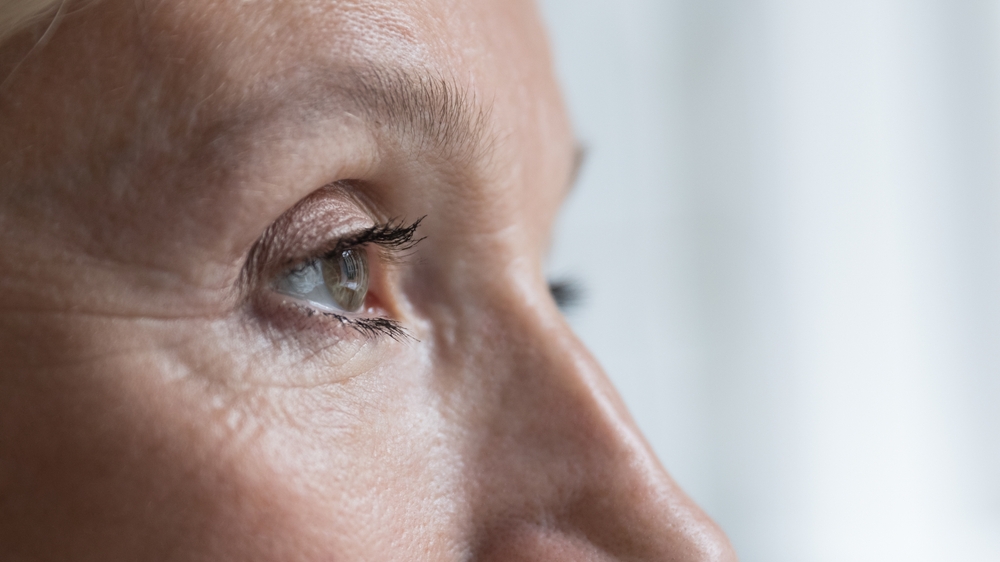What Causes Cataracts to Form in the Eye?

The National Eye Institute recommends regular eye checkups for every individual. These visits can prevent serious eye conditions, such as cataracts. Cataracts are known to be one of the main causes of vision loss in the world. Knowing what causes this eye condition can help motivate you to see your eye doctor more often.
How Cataracts Form
A healthy lens is clear, allowing light to pass through it. Your lens helps direct the light at your retina at the back part of your eye. That is why a healthy eye has a clear vision. Cataracts occur when proteins in your natural lenses form clusters. This clumping results in cloudiness.
Cataracts prevent clear vision because the clouding of your lens blocks the light from passing through. As time passes, the cloudy protein clusters thicken and widen. When this happens, seeing becomes more difficult. Your lens may also turn brown or yellow, which changes how you see different colors.
The Causes
Findings suggest that by the time you reach 40 years old, your lens proteins begin to degrade. Aging is a natural process that triggers many changes, including cataract formation. Here are some factors that can form cataracts:
Eye surgery
Diabetes
Members of the family have cataracts
Radiation therapy
Serious eye injury
Steroid intake
Medical scientists remind patients that smoking and drinking high amounts of alcohol can speed up the formation of cataracts. Excessive sun exposure without proper UV protection can contribute to faster cataract formation. Quitting these habits can improve your eye and general health. Using UV-protective sunglasses can delay cataract formation.
Diagnosing Cataracts
Your eye doctor will perform a comprehensive eye exam. Specific tests can determine if you have cataract formation already. Here are some of them:
A retinal exam will need pupil-dilating eye drops. This will allow your eye doctor to see the back part of your eye. Your eye doctor will also check your optic nerve and retina for signs of glaucoma.
A slit-lamp exam will assess the front components of your eye, such as the lens and cornea
A visual acuity and refraction test will show how clear and sharp your vision is. Your eye doctor will conduct a separate test for each eye.
A test for color perception and glare sensitivity will also happen
The Symptoms
Mild cataracts may not have any noticeable symptoms at first. As the cataracts progress, they change the way you see. You may notice faded colors, blurry vision, and poor night vision. You may also start seeing halos around lights or double images. Lights become too bright for you even if they are not. Frequent changes in your lens prescription can also be a symptom. Any of these symptoms is a good reason to see your eye doctor right away. Talking about your family history and current medical conditions can help assess your risk as well.
Having knowledge of the primary causes of cataract formation may help you improve your eye health. At Quality Eye Care, we guide our patients through quality eye care products and treatments. Feel free to visit our clinics in Jacksonville and Gainesville, Florida, for an in-person consultation. Please call 904-601-1300 to schedule an appointment or learn more about our cataract surgery packages.







